Our Products
Alumina Crucibles & Labware


Alumina Crucibles are high-purity ceramic crucibles made of alumina. They are designed to withstand high temperatures and can be used for a variety of applications such as melting and casting metals, growing crystals, and analyzing samples using thermal analysis techniques. Alumina is a ceramic material with high thermal conductivity, compressive strength, high-temperature resistance, and thermal shock resistance. Alumina Crucibles are used in industry to produce ferromagnetic materials such as stainless steel and nickel alloys.
Quartz Crucibles & Labware
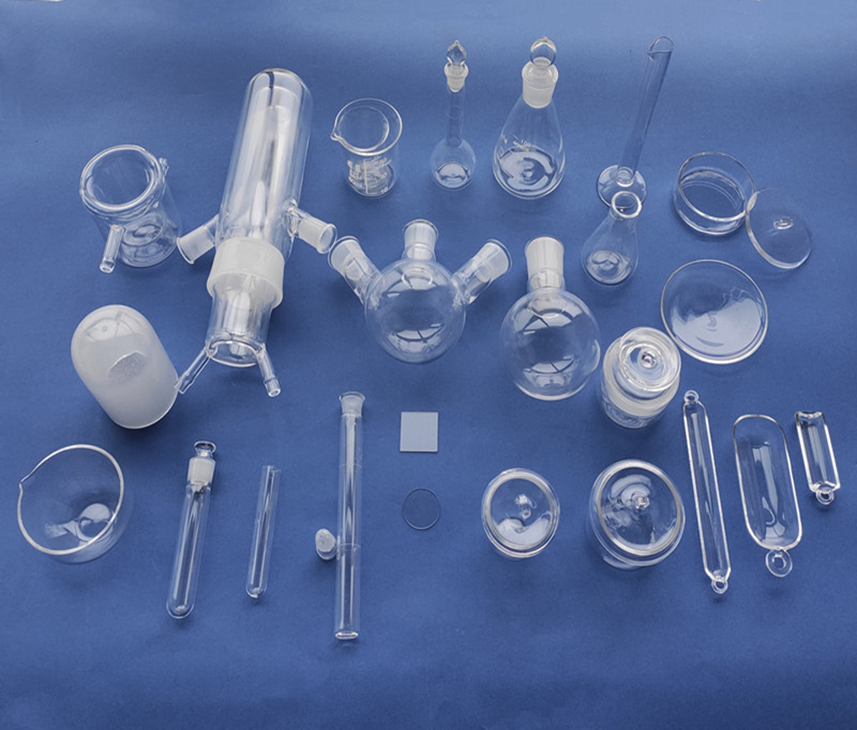

A quartz crucible is a container made from high-purity fused quartz or fused silica glass that is used in high-temperature applications. It is resistant to extremely high temperatures, thermal shock, and chemical reactions. It is commonly used in laboratories and in the manufacturing of semiconductor wafers and solar cells. A quartz crucible can vary in size and shape, depending on the purpose.
Graphite

A graphite crucible is a container used for melting and casting non-ferrous, non-iron metals such as gold, silver, aluminum, and brass. Their thermal conductivity, high temperature resistance, small thermal expansion coefficient for high temperature applications, and anti strain properties to rapid heating and cooling make graphite crucibles an ideal metal casting tool.. They are resistant to the effects of acids and alkaline solutions and have excellent chemical stability.Graphite is produced from natural graphite, a naturally occurring crystalline form of carbon and is manufactured by combining graphite with fire resistant clay or carbon dioxide.Synthetic graphite is made by processing petroleum pitch and petroleum coke, which are byproducts of the oil refining process. It has a purer high fixed carbon content with very few impurities and a low sulfur content.
Hydrothermal Autoclave Reactor
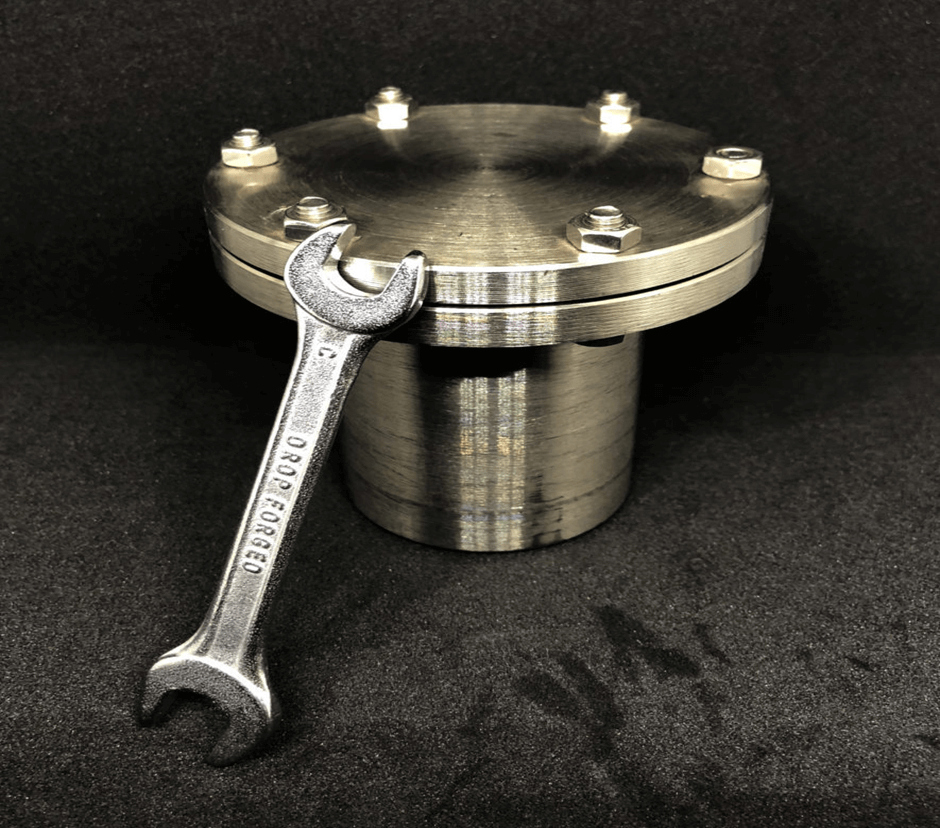
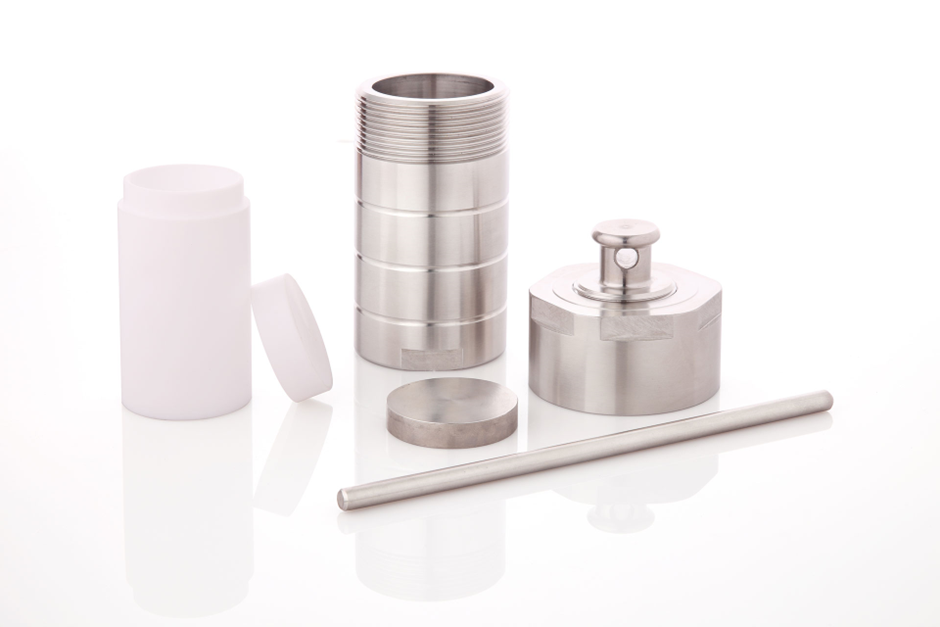
Hydrothermal autoclave reactors are the ones that carry out the processes of hydrothermal reactions but at a high temperature and a higher pressure. Two types of hydrothermal reactors are carried out, one is the PPL lines autoclave and the other one is Teflon or PTFE. Both of these are aligned together by the autoclave reactors.Hydrothermal synthesis plays an extremely important role in carrying out the autoclave reactors so that their applications can be carried out in a better and more authentic way. Hydrothermal autoclave reactors have become a success due to the specifications that they hold as they add up to the value of these reactors and promote their use in our daily life applications, making it easier for the markets and industries to flourish at a greater level. The applications are huge in number and are authenticated by this hydrothermal synthesis so that the efficacy of hydrothermal autoclave reactors can be increased and their usage can be made a more common thing in today’s world.The hydrothermal reaction is carried out by using the hydrothermal autoclave reactor at high temperatures and high pressure. Generally, there are two varieties of hydrothermal synthesis reactors; PPL lines autoclave is the first whereas the second is Teflon or Polytetrafluoroethylene (PTFE) lined hydrothermal autoclave reactors. Mainly two parts make up the hydrothermal reactor; the inner Teflon chamber or Teflon liner, and the outer high-quality stainless steel jacket.The reaction takes place at 428 Farhenheit (240-degree Celsius) maximum in the Teflon-lined autoclave, whereas 392 Farhenheit (200-degree Celsius) is the safe temperature. There is the utilization of the PPL lines reactor at a higher temperature where 536 Farhenheit (280-degree Celsius) is the maximum operating temperature and 464 Farhenheit (240-degree Celsius) is the safe temperature. There has been extensive usage of this product in the industries quality analysis section, institutional organizations, development and research labs, scientific laboratory, etc.
Pellet Press Die
Stainless steel pellet press dies are more corrosion resistant than alloy pellets, which can be satisfactory for pelletizing feedstock. Stainless steel dies are also more expensive than carburized steel dies, but they have better stiffness, toughness, and wear and corrosion resistance. They also have hardened layers and higher heat treatment hardness than carburized steels, which can result in a longer life.
Stainless steel dies can be a good choice if you’re using raw material that contains corrosive matter. For example, a Mor-ton die can be used on materials that are mildly caustic.
Stainless steel dies are more expensive than regular die sets, and they’re slower to machine. However, they have great corrosion resistance and can be heated up to 250°C (482°F).
You don’t need to lubricate your die before use for most materials, but some people like to use a small amount on the walls of the die. This is where there is highest friction during pressing and release, which can lead to cracking.
Mortar & Pestles
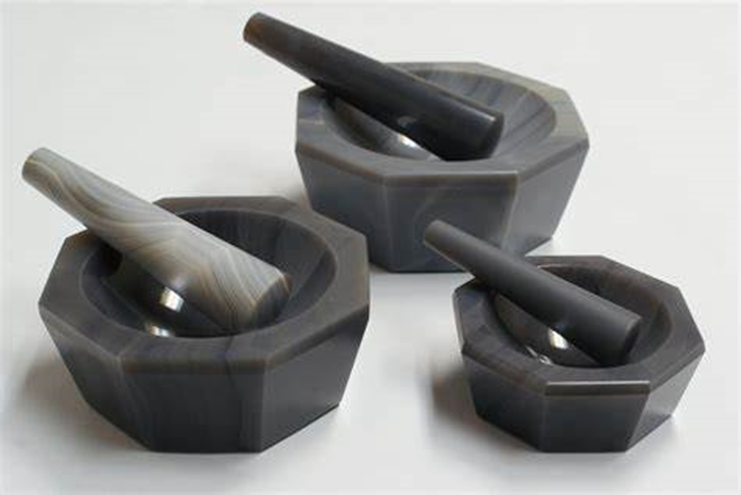

A mortar and pestle is a set of two simple tools used to prepare ingredients or substances by crushing and grinding them into a fine paste or powder in the kitchen, laboratory, and pharmacy. The mortar is characteristically a bowl, typically made of hardwood, metal, ceramic, or hard stone such as granite. The pestle is a blunt, club-shaped object. The substance to be ground, which may be wet or dry, is placed in the mortar where the pestle is pounded, pressed, or rotated into the substance until the desired texture is achieved.
Black Granite Mortar and Pestle :
- 50 MM – 2 INCHES
- 63 MM – 2.5 INCHES
- 75 MM – 3 INCHES
- 100 MM – 4 INCHES
- 150 MM – 6 INCHES
Grinding Media


Grinding media, the objects used to refine material and reduce particle size, are available in a wide range of shapes, sizes and materials to meet an equally wide range of grinding and milling needs.
As the developer and manufacturer of industry-leading particle size reduction equipment, including Attritors (internally agitated ball mills) and DMQX horizontal media mills, Union Process is uniquely positioned to help you identify and source the correct grinding media for your application.
Union Process customers know they can rely on our extensive technical expertise and years of experience to ensure they get the right grinding media at the right time and the right price for their specific needs. Working in close consultation with our customers, our skilled technical service representatives review customer requirements like final particle size, physical compatibility and contamination concerns and then recommend media with the right characteristics, including:
Agate Balls Grinding Media :
- 5 MM – 1 KG
- 10 MM – 1 KG
- 15 MM – 1 KG
- 20 MM – 1 KG
Zirconia (YSZ) Grinding Media :
- 3 MM – 1 KG
- 5 MM – 1 KG
- 10 MM – 1 KG
- 12 MM – 1 KG
- 15 MM – 1 KG
- 20 MM – 1 KG
Alumina Balls Grinding Media – Ceramic Balls :
- 1 MM – 1 KG
- 3 MM – 1 KG
- 6 MM – 1 KG
- 8 MM – 1 KG
- 10 MM – 1 KG
- 13 MM – 1 KG
- 15 MM – 1 KG
SS :
- 1 MM – 1 KG
- 3 MM – 1 KG
- 6 MM – 1 KG
- 8 MM – 1 KG
- 10 MM – 1 KG
- 13 MM – 1 KG
- 15 MM – 1 KG
Platinum Labware

Platinum labware refers to laboratory equipment made from platinum or platinum alloys. Platinum is often chosen for labware due to its resistance to corrosion, high melting point, and inertness, making it suitable for use in various chemical reactions and high-temperature processes. Common platinum labware includes crucibles, dishes, electrodes, and wire.
Alumina Ceramics Tubes

Alumina is the most well-known fine ceramic material for chemical and physical stability. Thermal properties: High heat resistance and high thermal conductivity. Mechanical properties: High strength and high hardness. Other properties: High electrical insulation, high corrosion resistance and biocompatibility.
Quartz Tubes

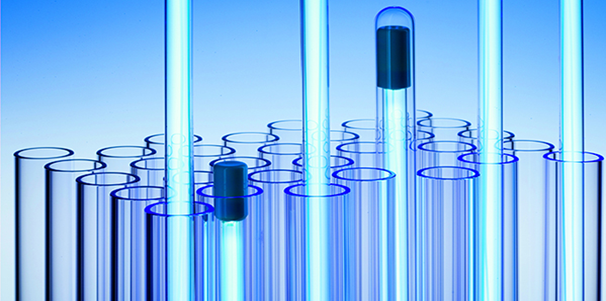
Fused Silica is an ideal material for many applications. It is extremely transparent over a wide spectral range, has a low coefficient of thermal expansion, and is resistant to scratching and thermal shock. Optical quality fused silica (GE214) is ideally suited for applications for mid UV, visible and near IR spectral regions. Infralight UV grade fused silica is selected from among the best grades of silica. It offers high transmission and very low fluorescent levels. In deep UV applications, UV grade silica is an ideal choice.
Infralight offers a wide selection of stock quartz tube and quartz plate. The superior optical quality and transmission of GE214 fused silica should be considered for all demanding UV-IR applications.
